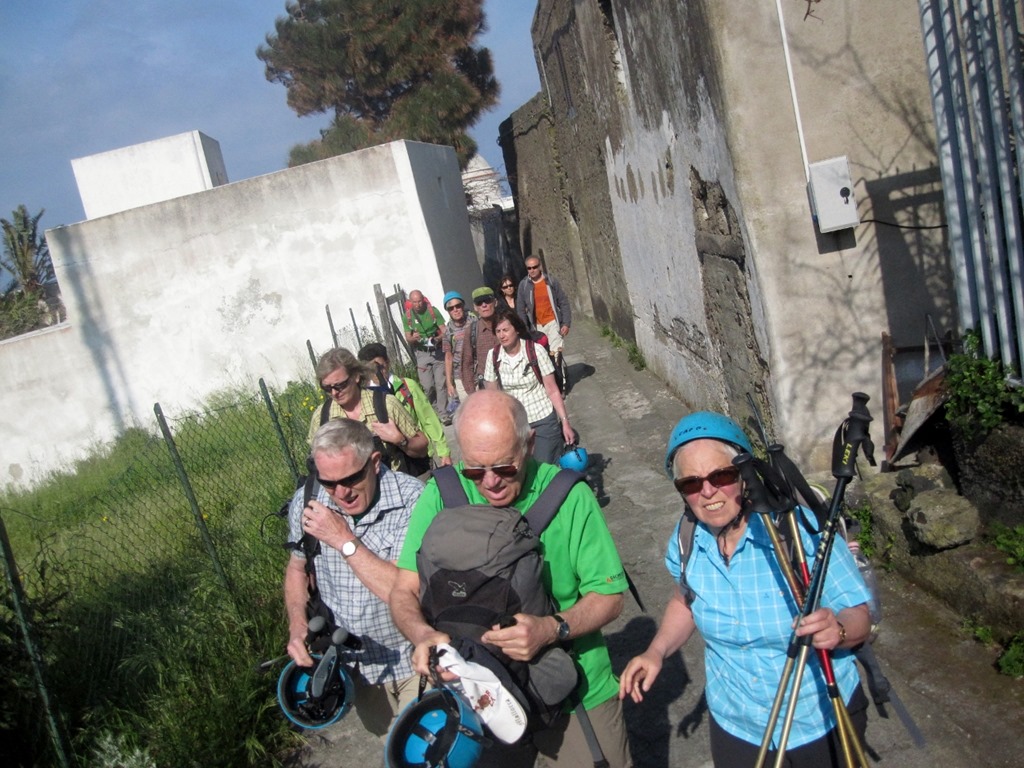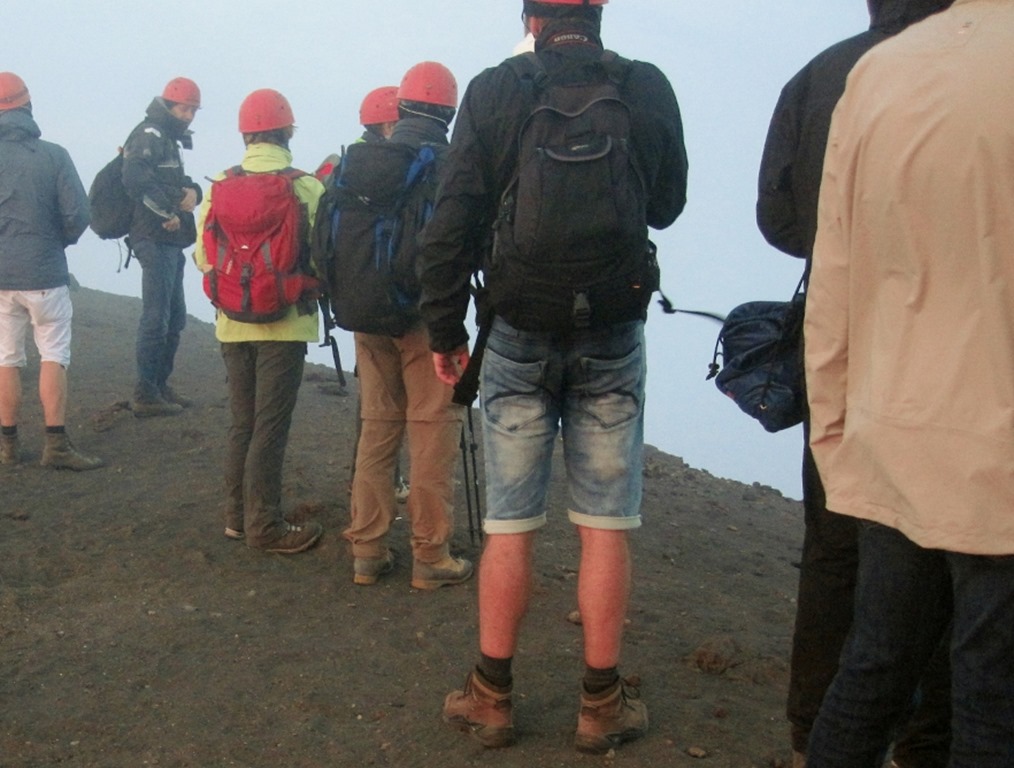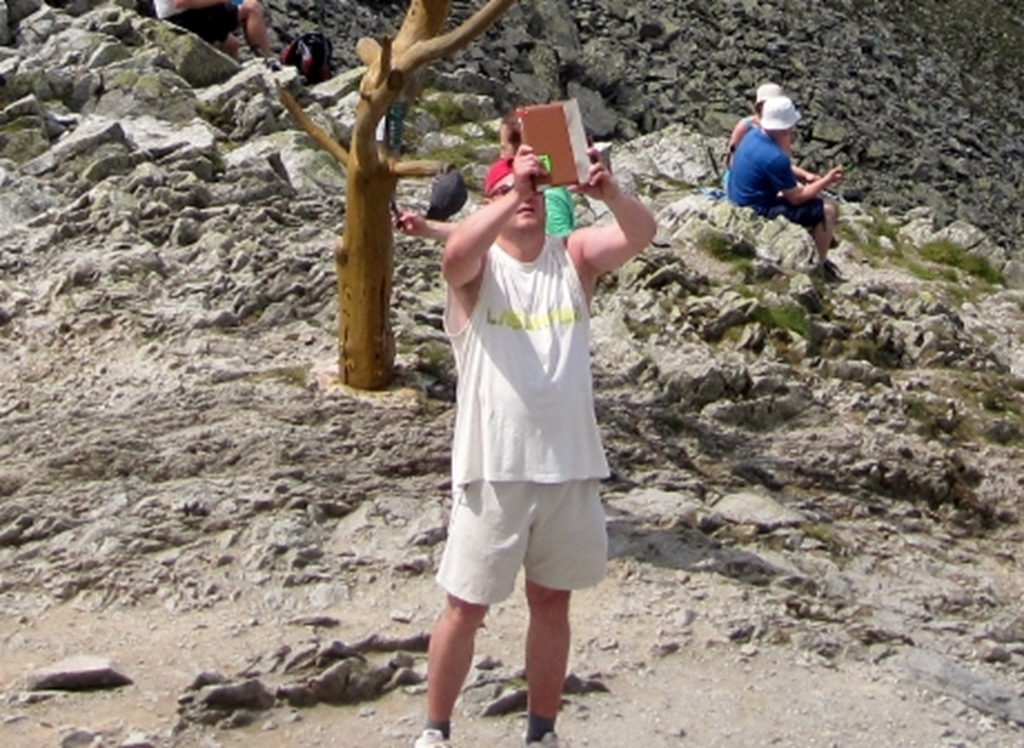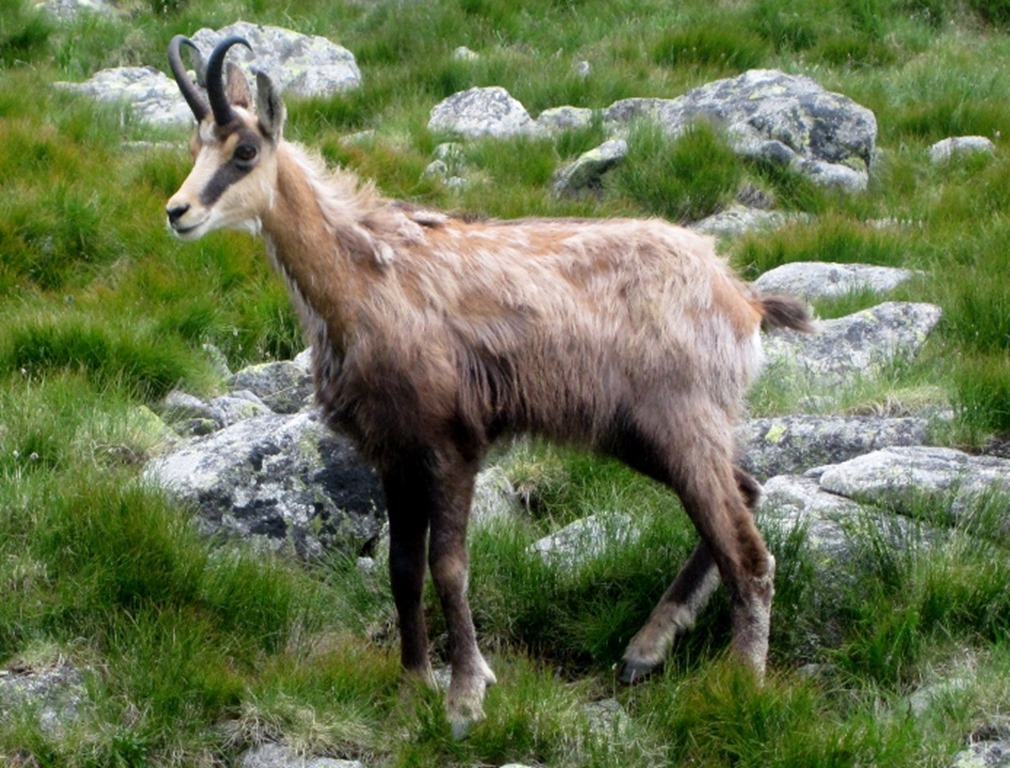What to wear and what not to wear on the mountain.
| Come late September, Dora is up for sale.
If you or anyone you know is looking for a reasonably priced motorhome then please check out the following link; https://www.2wanderers.com/dora-for-sale/ or if you have any questions email us at; Thanks |
Lets face it, we all like to be out in the hills when the sun is shining, the wind is just a breeze and rain is just a memory. But it isn’t always like that, things can change, and in the mountains they change quick. But even on the hot summer sultry day you really need to consider what to wear, otherwise you may get rather uncomfortable, or at the worse it could get serious.
We see many people on the mountain and we think they haven’t got the appropriate kit. This post is why we might think that.
This post is not about footwear and socks- see Treat your feet like royalty
nor is it about waterproofs, gaiters and gloves- see Getting wet
This is about all the other stuff you might wear.
Firstly lets talk about not what to wear and why.
As a general rule natural fibres are not very good in the mountains, a shame as everyone seems to love them.
Those checks may look lovely, but they are cotton and when you go climbing mountains you tend to exert yourself, and then you tend to sweat.
Sorry to bring up an unpleasant subject but we all do it.
Natural fibres take ages to dry, so this becomes a real problem in the mountains.
When you are walking it is not too much of a problem, you are generating heat and keeping warm, but eventually we all need to stop and it is then that wetness could turn into a killer.
As you get higher it gets colder, often we don’t really realise this as we are warm through walking. As soon as we stop the cold really bites.
And the thicker the fibre the slower it dries. Jeans are the worse fabric for the mountains. Someone should have warned this poor guy.
But there are other aspects to consider, like general protection of the body. The potency of the sun increases with altitude, the higher you get the more dangerous it is and you need to cover up that flesh. You might also want to do this because you never know what undergrowth you might be thrashing your way through!
He never made it, his son did though, so congratulations to him. Also he didn’t take enough water, always a bad mistake.
There are some exceptions, natural fibres that tend to dry well.
This guy (or girl) is wearing some and losing some as the summer season comes around and the moult is in full swing!
Merino wool and silk are pretty good, but expensive.
So what should you be wearing?
Plastic of course, and lots of thin layers of it.
Layering your cloths is great for the mountains. It allows you to match your current condition with your warmth, taking layers off or putting more layers on. And layers of cloths is really efficient, two thin layers can be warmer than one thick layer simply because you trap air between the layers and this also keeps you warm, this air is your thermal insulation and weighs nothing!
So lets describe the layers;
Base layer
This is the layer next to the skin, so the fabric needs to be soft and non irritating. This layer also need to deal with sweat and get it away from the body. The moisture is removed by wicking, also known as capillary action. The volume of the material has more surface area allowing the moisture to evaporate quicker, well that is the theory, anyway. Don’t forget here we are not just talking about torso, but also legs, think long johns.
Synthetics
The synthetic materials such as polyester, polyethylene, and microfiber-based fabrics are relatively cheap and they wick well. Many of the more expensive ones are also impregnated with chemicals which reduce odour and can also often act as an insect repellent, without this and they can really start to smell! When cleaning such fabrics it is really important to use low temperature washes and not to use fabric conditioners as these can destroy these anti bacterial properties that reduce the odours.
Naturals
Of the natural fibres wool and silk can be used, but these tend to be expensive.
Wool is great for wicking and for odour but you need to ensure a comfortable feel against the skin, so merino wool is preferred. These also tend to be really warm, however thin they get.
Silk is just as expensive but will probably not last as long, is difficult to take care of and not as warm, great for warmer climates though.
Cotton is inexpensive, absorbs all that sweat, but takes an age to dry. When it gets like this its ability to keep you warm disappears. In the mountains this can become really dangerous as it will make you feel really cold very quickly and could lead to hyperthermia.
And just remember, our climb in Slovakia (INSERT LINK) started sunny, but the temperature dropped approximately 1 degree every 500 metres we climbed and by mid afternoon cloud cover had blocked out the sun and storms had begun to form. By this time we were off the mountain, many weren’t.
Mid layer
This is the insulating layer and provides warmth.
The same rules apply as above, with the same set of materials.
Although you could also add down jackets and trousers for more extreme climates. These are made from thin polyester and are filled with duck or goose down. This is a highly effective thermal insulator as it traps air between all those little feathers. However a work of warning, down is fairly delicate and difficult to wash, and when compressed the insulation properties are reduced, so you may get a cold back where you rucksack crushes all that lovely insulation. A nice thick down jacket cannot be beaten for lazing around in the tent though and they are incredibly light.
Fleeces are the most popular item here.
Things you need to consider;
Are they wind proof as you may not want to wear anything over the top of them.
Pockets for stuff.
Ease of taking them on or off.
Zips, can they be used with gloves, do they work from the top and bottom.
Are they snug around the neck, wrists and waist? You don’t want draughts.
Are they drawstrings to close off these openings?
Do they cover the bum.
And finally, are they a good brand that will look cool in the shopping centre!
Outer Layer
The shell, the waterproof layer we have previously covered in a separate post. Getting wet
We mainly climb mountains which can have a severe temperature curve from hot to cold and your cloths need to be able to adapt to each phase of the climb, removing and putting on more cloths as necessary. You always want to take an extra layer, just in case the conditions deteriorate.
In warmer climates you are mainly concerned with protection from the sun and providing air circulation to the skin, which will help cool the body. Loose fitting, light (in colour) lightweight cloths will fit the bill here.
We have our preferences and while some are veering away from the technical towards the fashion market, some still do good appropriate clothing for the mountains.
We really like Patagonia (www.patagonia.com) although they are quite expensive so we generally look for the sales or the outlet centres, which are sadly lacking in the UK.
This place is quite good Naked ape.
These cloths last for ages, so perhaps the extra cost is worth it. They also have really good environmental credentials, many fleeces are made from old plastic bottles, and if you return them once they are eventually worn out, they will recycle them again.
Here are a selection of our favourites;
Love these, light and last forever
Different weights for different warmth’s
These are just so comfortable and warm.
Obviously in both men’s and women’s
Our all time favourite fleece
And for really warm
And if you baulk at those prices, and can’t find cheap versions on sale, don’t forget to check out Decathlon. They may not last quite as long, but they are still pretty good.
GDR












Un buen repaso al armario para los que estén pensando en iniciar la escalada, les vendrá muy bien la lección.
Bueno, estos articulos son mas que nada para compartir nuestro conocimiento y experiencia
x